Language is a vital part of human communication. It helps us share ideas, express emotions, and connect with others. But what makes up a language? Let's explore the common elements that are found in all languages.
I. Phonology
Phonology is the study of the sounds of a language. It involves understanding how sounds are organized and used according to specific rules. These rules determine which sounds can appear together and how they are pronounced in different situations.

Phonemes
Phonemes are the distinct sounds in a language that distinguish one word from another. Different languages have different sets of phonemes. For instance, English has about 40 phonemes, while other languages may have more or fewer. For example, the difference between the words "bat" and "pat" is just one sound, /b/ and /p/, which are different phonemes.
Allophones
Allophones are variations of a phoneme that do not change the meaning of a word. They occur depending on the context, such as the position of a sound in a word or the sounds around it. For example, the "p" sound in "spin" and "pin" is slightly different, but this difference doesn't change the meaning of the words.
Prosody
Prosody refers to the rhythm, stress, and intonation of speech. It helps convey meaning and emotion in spoken language. For instance, the intonation pattern in a question differs from that in a statement. This aspect of phonology plays a crucial role in communication, as it can change the meaning of a sentence depending on how it's spoken.
II. Morphology
Morphology is the study of the structure of words. It looks at how words are formed and how they can change to express different meanings.
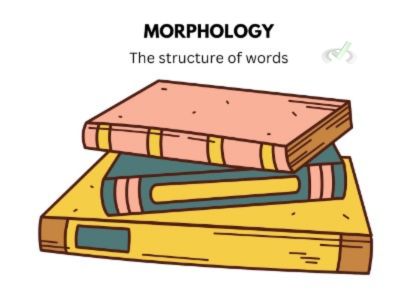
Morphemes
Morphemes are the smallest units of meaning in a certain language. They are either whole words or parts of words. For example, the word "cats" has two morphemes: "cat" (which refers to the animal) and "s" (which indicates more than one). There are two types of morphemes, namely free and bound.
- Free Morphemes: These can stand alone as words, like "book" or "run."
- Bound Morphemes: These cannot stand alone and must be attached to a free morpheme. For example, "-ed" in "walked" shows past tense but cannot stand alone.
III. Syntax
Syntax is the set of rules that determines the structure of sentences in a language. It involves the order of words and how they are combined to make meaningful sentences. Different languages have different syntactic rules. For instance, English typically follows a Subject-Verb-Object (SVO) order, as in "She eats cake."
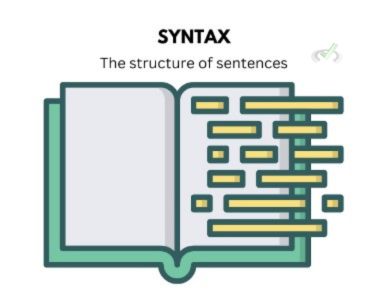
Sentence Structure
Sentence structure is how words are arranged to form sentences. This structure helps us understand who is doing what to whom. For instance, in the sentence "The cat chased the mouse," the structure tells us that the cat is chasing and the mouse is being chased.
Grammar
Grammar is a broader concept that includes syntax and morphology. It covers the rules for using words, phrases, and sentences correctly.
Grammar ensures that sentences make sense and are understood by others. It includes rules for tense (past, present, future), number (singular, plural), gender (he, she, it), and case (subject, object).
IV. Semantics
Semantics is the study of meaning in language. It looks at how words and sentences convey meaning.
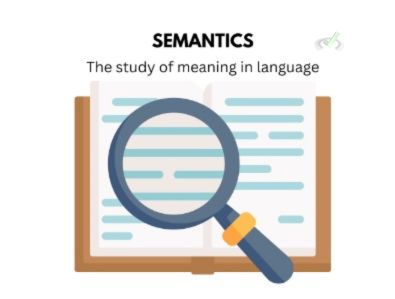
Word Meaning
The meaning of individual words is called lexical semantics. Words can have multiple meanings (polysemy), or different words can have similar meanings (synonyms). For instance, the word "bank" could mean a financial institution or the side of a river. This depends on the context which the word is used.
Semantic Roles
Semantic roles explain how the meaning of a sentence is constructed by showing the relationship between words. For example, in the sentence "The boy kicked the ball," "the boy" is the agent (the doer of the action), and "the ball" is the patient (the receiver of the action). Understanding these roles helps determine who is doing what in a sentence.
V. Pragmatics
Pragmatics studies of how context influences the way language is understood. It looks at how people use language in different situations.
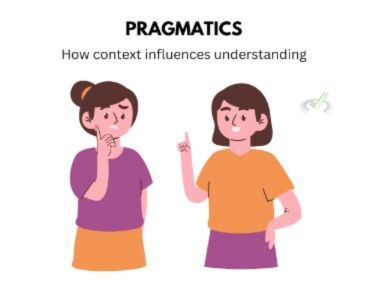
Context
Context refers to a certain situation in which communication takes place. It can include the speaker's tone, body language, and the relationship between the speaker and the listener.
For example, "Can you pass the salt?" is a polite request, not a literal question about someone's ability. Context helps us grasp the intended meaning behind words.
Speech Acts
Speech acts are the different functions that we can perform with language, such as making requests, giving orders, or asking questions. For example, depending on the context, saying "It's cold in here" can be a way of requesting someone to close a window.
VI. Sociolinguistics
Sociolinguistics studies how language varies and changes in social groups. It examines how region, age, gender, and social class affect language use.
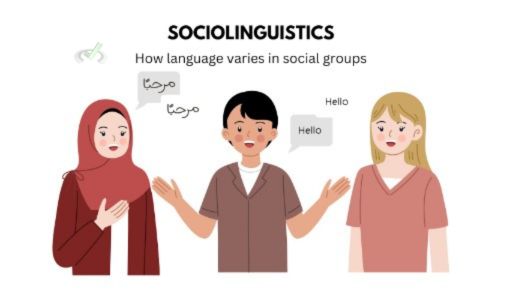
Dialects
Dialects are variations of a specific language spoken by different groups of people. These variations can include differences in pronunciation, vocabulary, and grammar. For example, British English and American English are dialects of the English language, with different spellings and words.
Language and Identity
Language is important in shaping and expressing identity. People may use language differently to show their cultural background, social status, or personal identity. For example, teenagers might use slang to express their youth and distinguish themselves from older generations.
Bilingualism and Multilingualism
Bilingualism and multilingualism refer to the ability to speak two or more languages. This can affect cognitive processes and social interactions. For instance, bilingual people often switch between languages depending on the situation, a practice known as code-switching. Being bilingual can also enhance cognitive abilities, such as problem-solving and multitasking.
VII. Bridge/Overlap
Understanding the common elements of language helps connect various fields of study.
Linguistics and Cognitive Science
Linguistics, the scientific study of language, often overlaps with cognitive science, which explores how the mind processes information. Studying language helps us understand how we think, remember, and solve problems. For instance, research on how we produce and understand language can reveal how we store and retrieve information.
Language Development
The study of language development looks at how children learn language. This involves understanding phonology, morphology, syntax, semantics, and pragmatics. It helps explain the stages of language acquisition and the challenges some children face in learning language, such as learning a first language (L1) and acquiring a second language (L2) later in life.
Language and Culture
Language and culture are closely linked. Language reflects cultural values and norms. For instance, some languages have specific words for cultural concepts that don't exist in other languages.
Understanding a language can give insight into its speakers' culture. Language can also influence how we perceive the world, a concept known as linguistic relativity.
VIII. Wrap Up/Key Terms
Let's summarize the key points:
- Phonology: The study of the sounds of a language.
- Morphology: The study of the structure of words.
- Syntax: The set of rules that determines the structure of sentences.
- Semantics: The study of meaning in language.
- Pragmatics: The study of how context influences understanding.
- Sociolinguistics: The study of how language varies in social groups.
- Prosody: Refers to the rhythm, stress, and intonation of speech.
- Semantic Roles: The roles that words play in a sentence to convey meaning.
IX. Practice
Test your understanding with these questions:
Sample Practice Question 1
What is a phoneme?
A. A large unit of sound in a language.
B. The smallest unit of sound that can change the meaning of a word.
C. A word that has multiple meanings.
D. A variation of a language spoken by a specific group.
Ans. B
A phoneme is a distinct sound that can change the meaning of words, such as the difference between "bat" and "pat."
Sample Practice Question 2
What is syntax?
A. The study of word meanings.
B. The study of the structure of words.
C. The set of rules that determines the structure of sentences.
D. The study of how context influences language.
Ans. C
Syntax involves the rules for arranging words to form sentences, ensuring they are meaningful and understood.







 To help you achieve your goal MCAT score, we take turns hosting these
To help you achieve your goal MCAT score, we take turns hosting these 





















 reviews on TrustPilot
reviews on TrustPilot